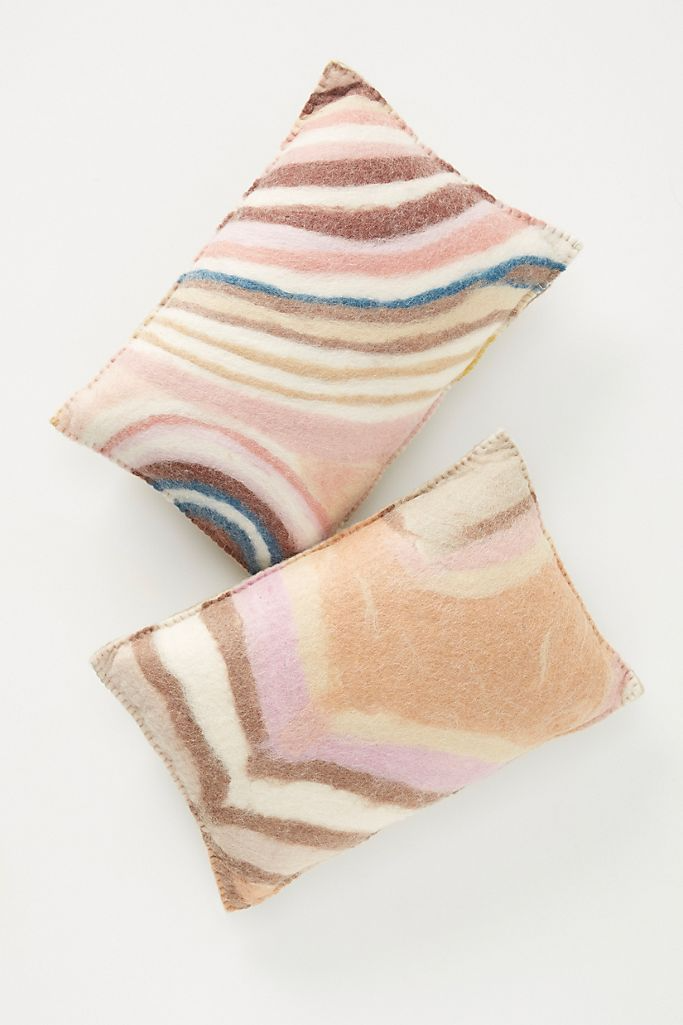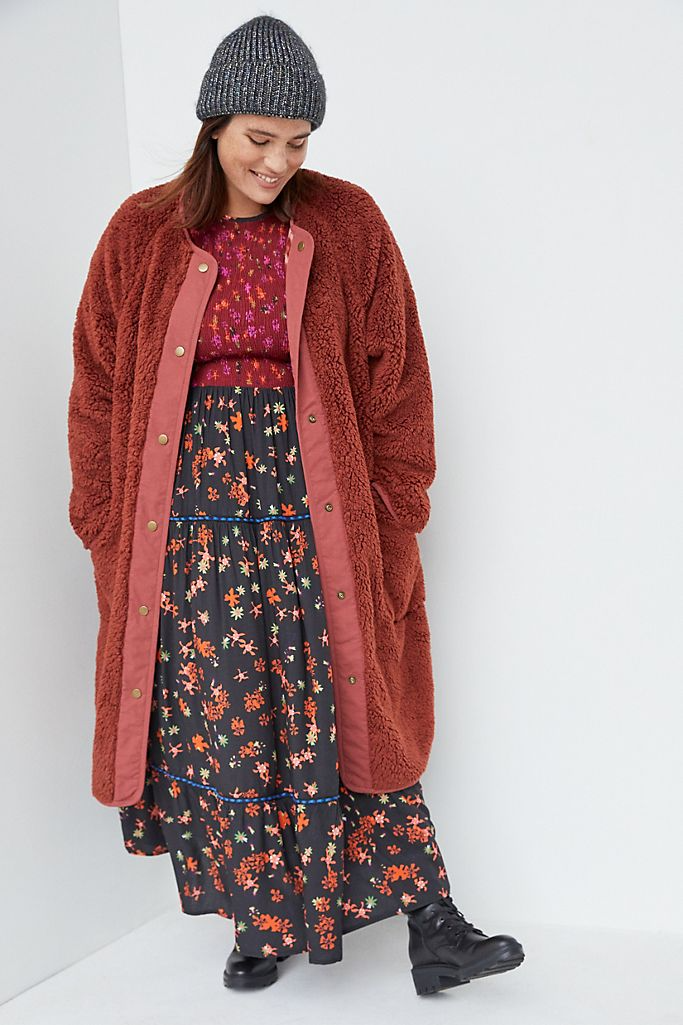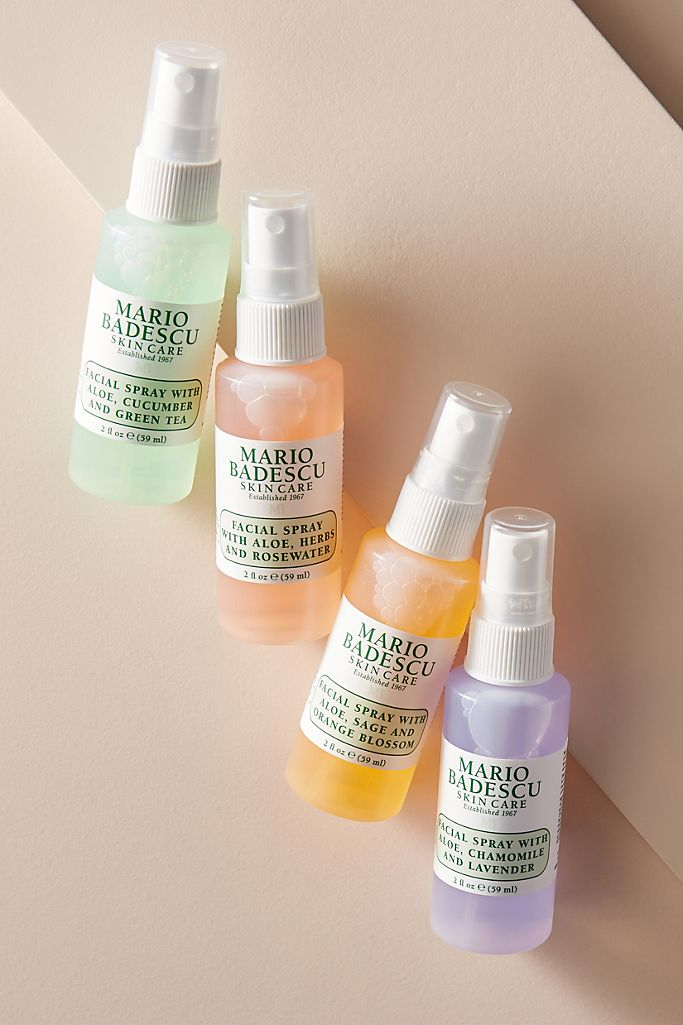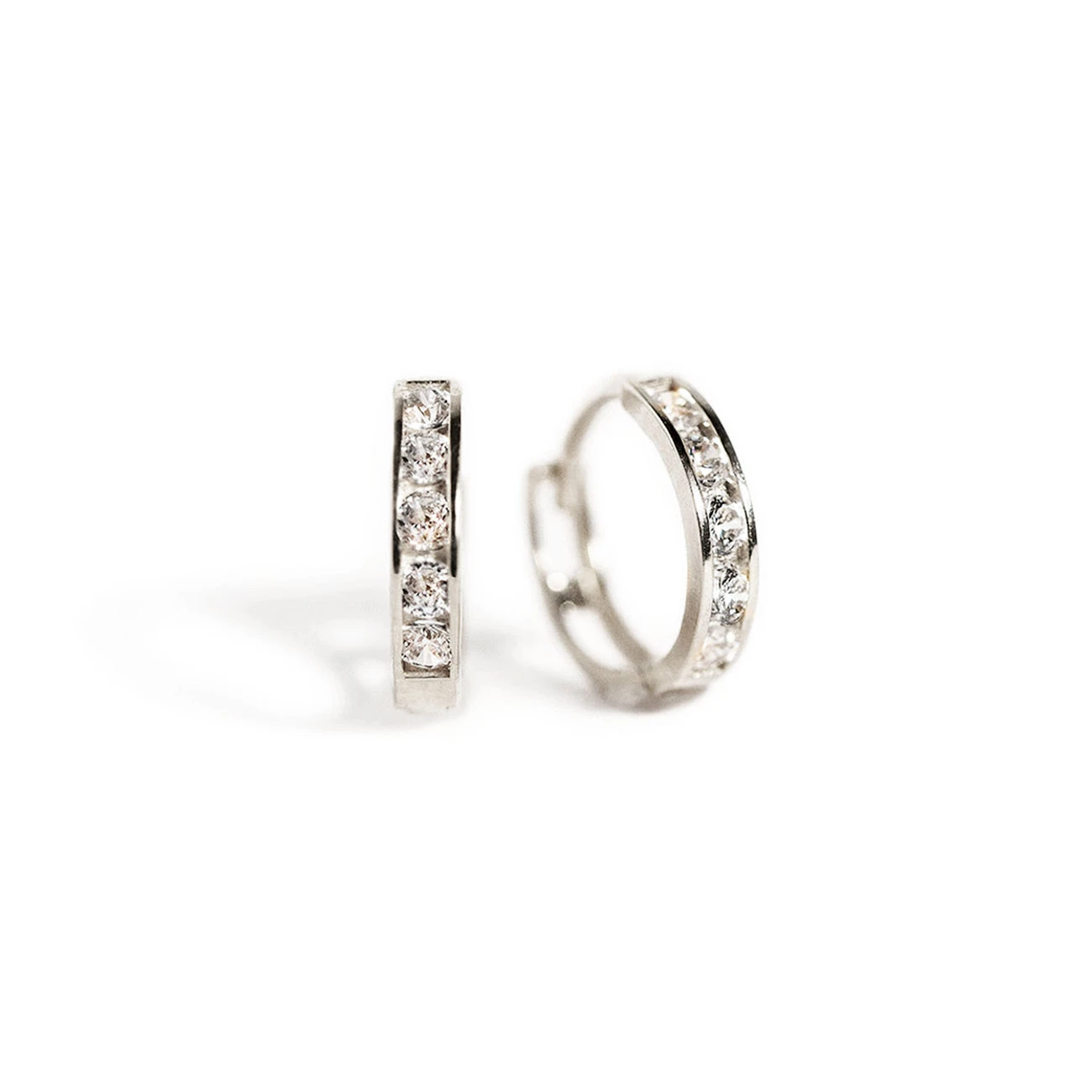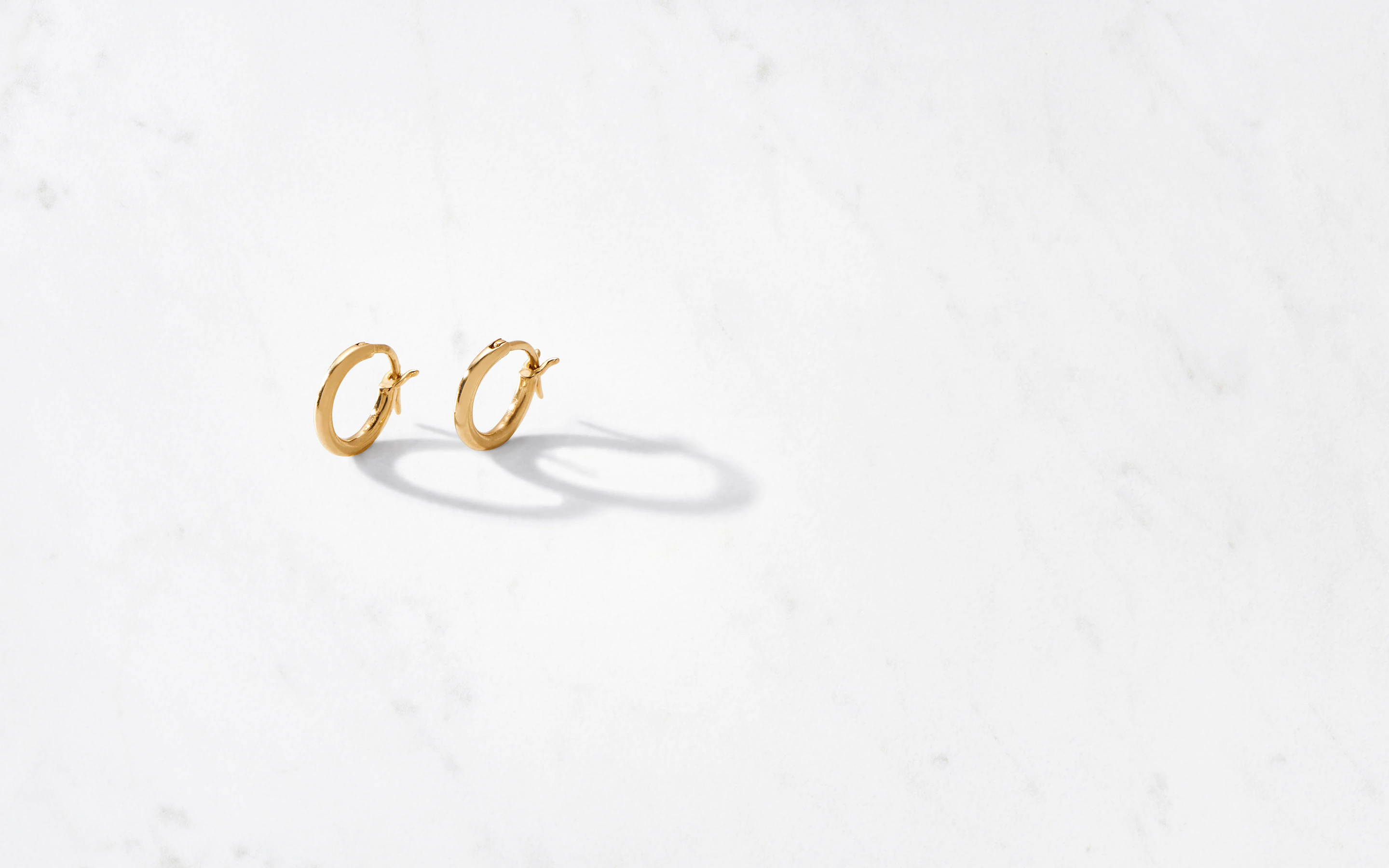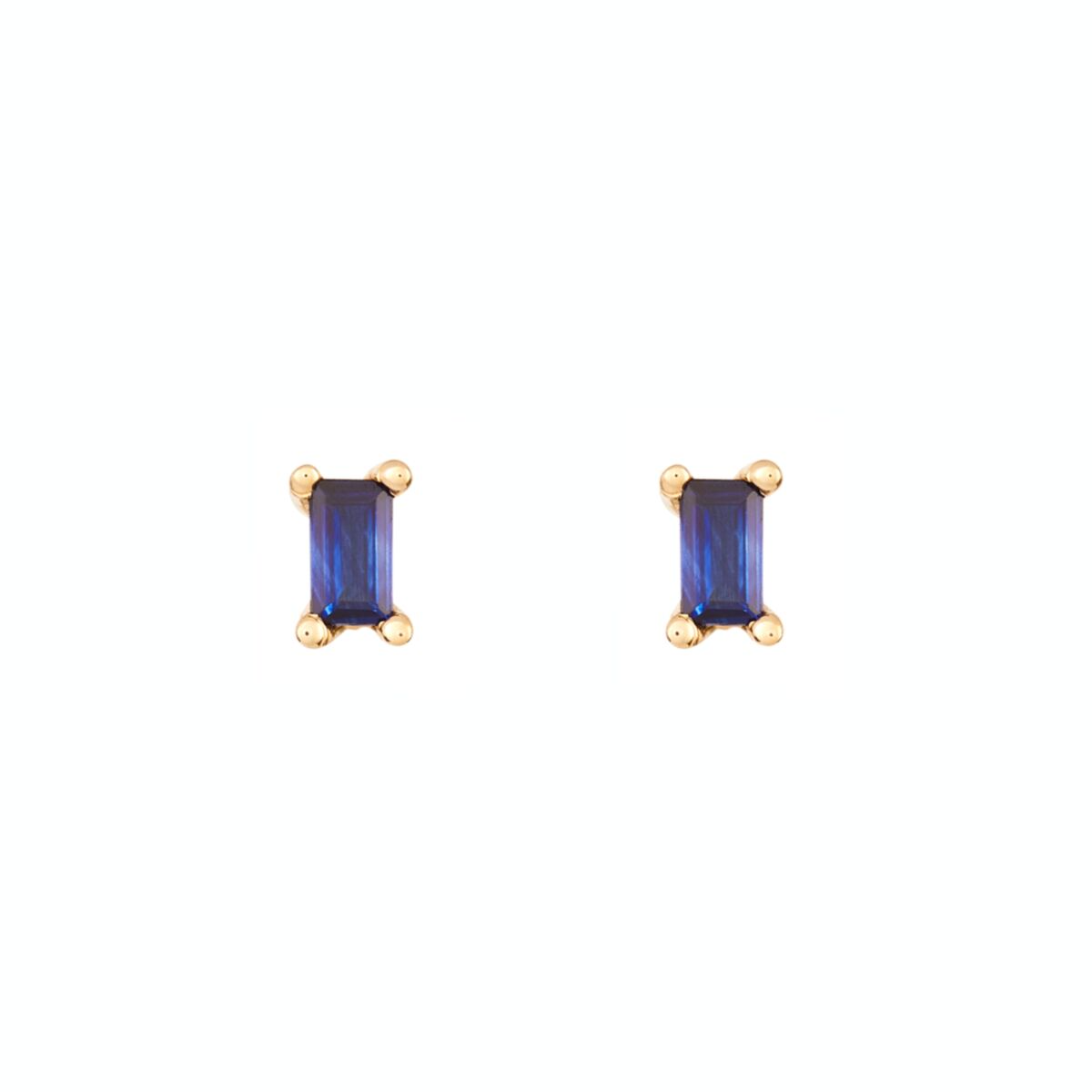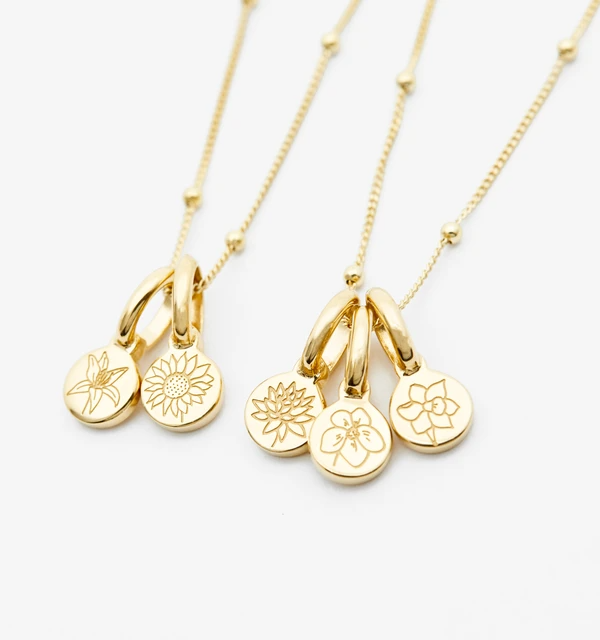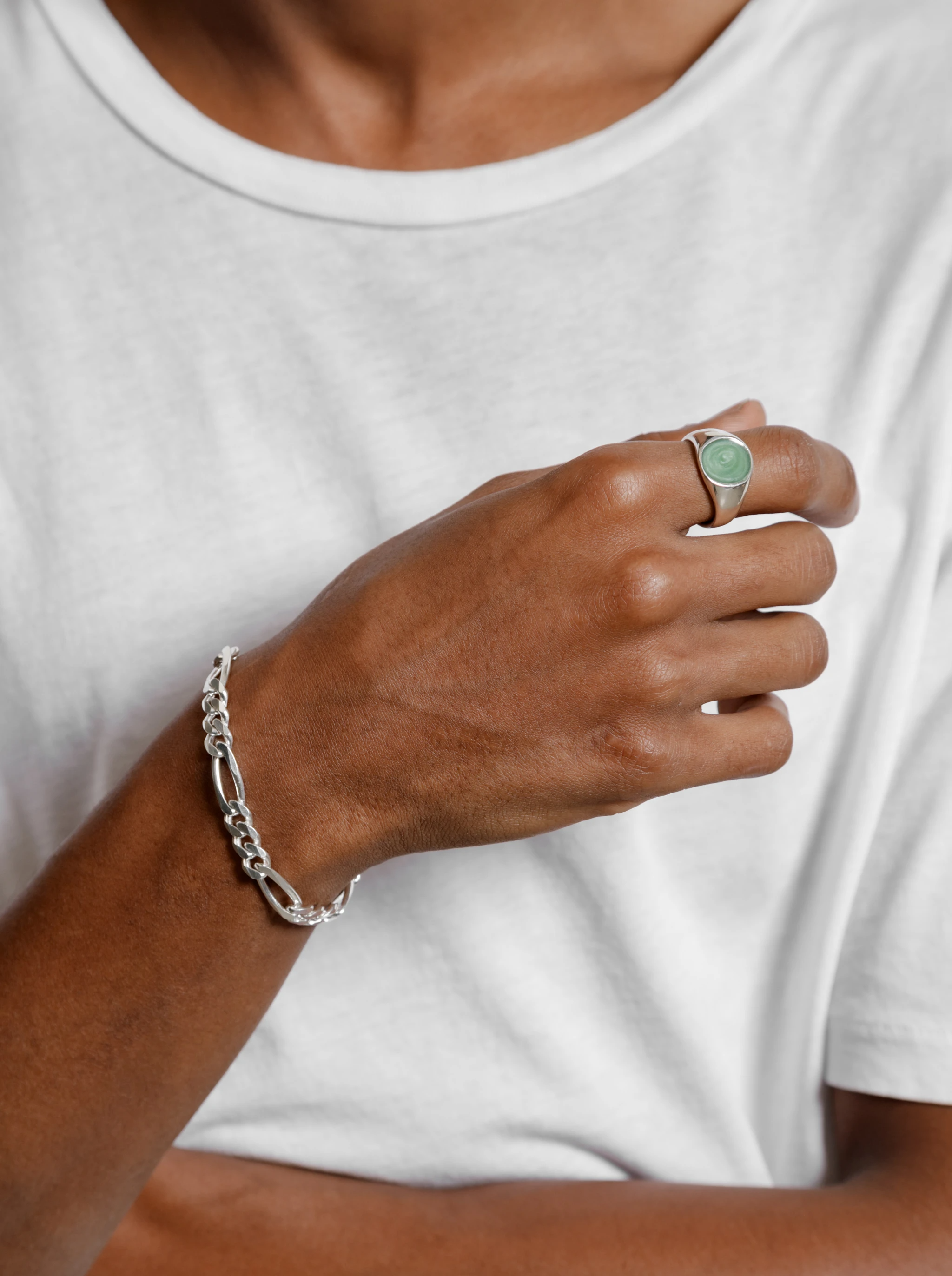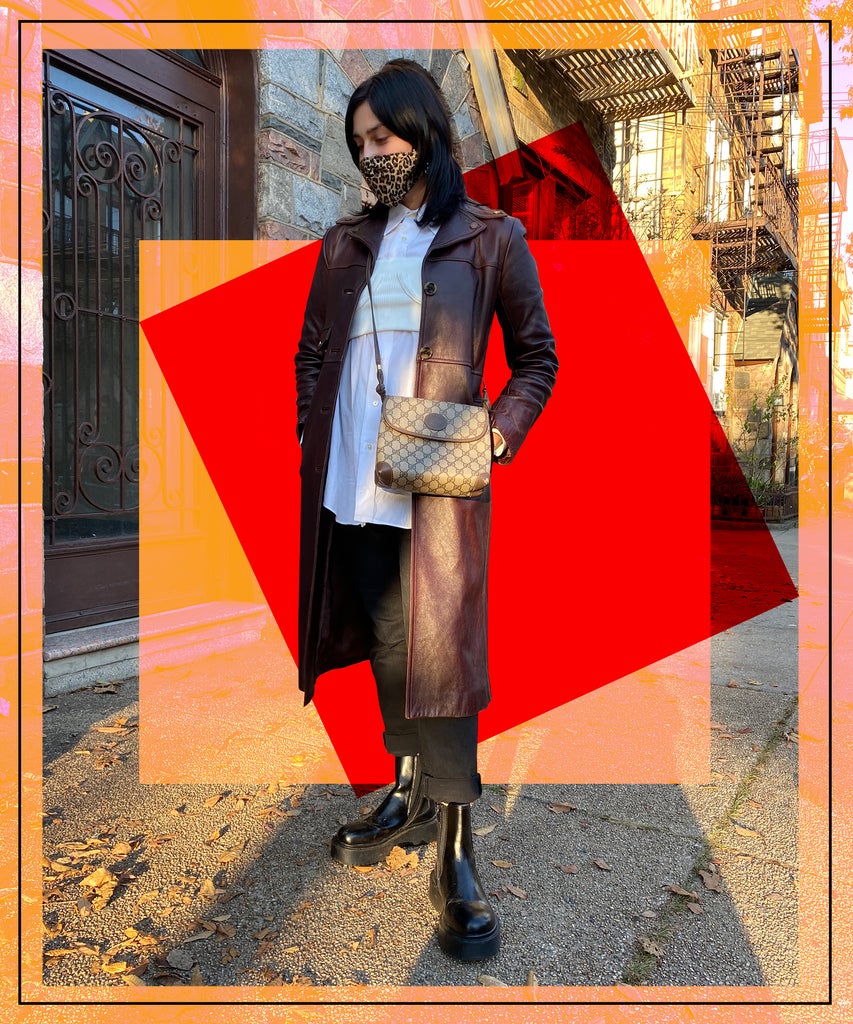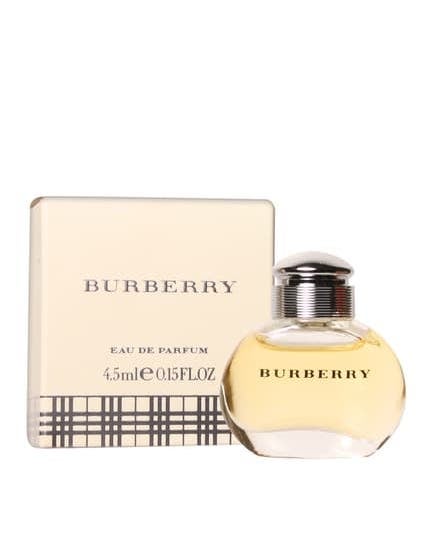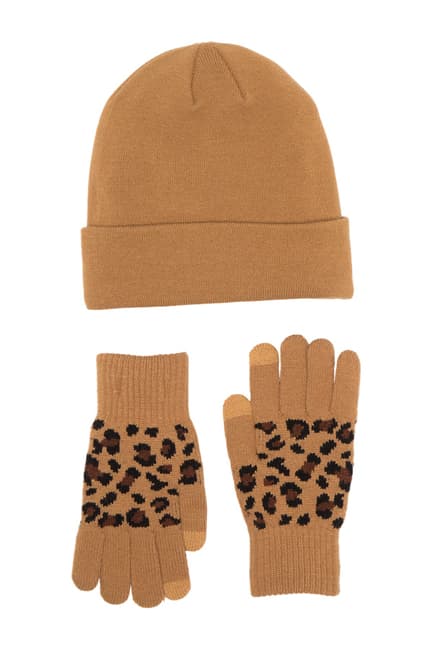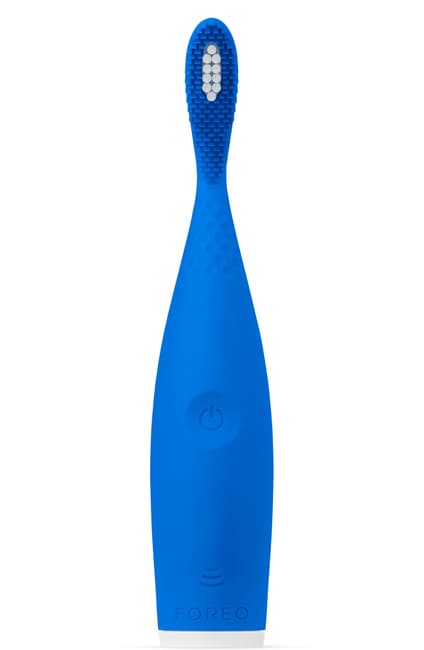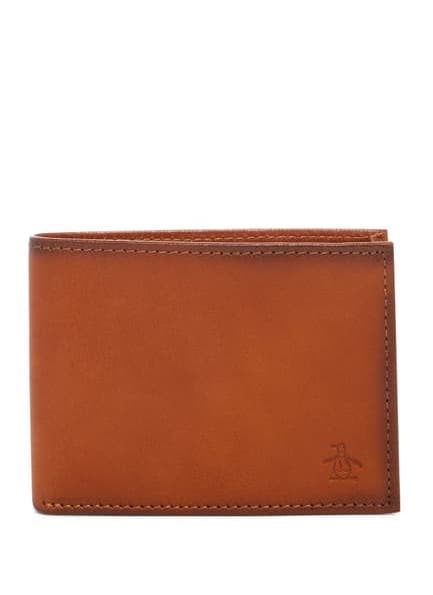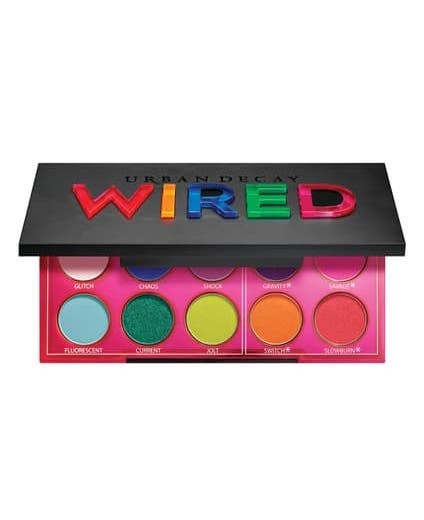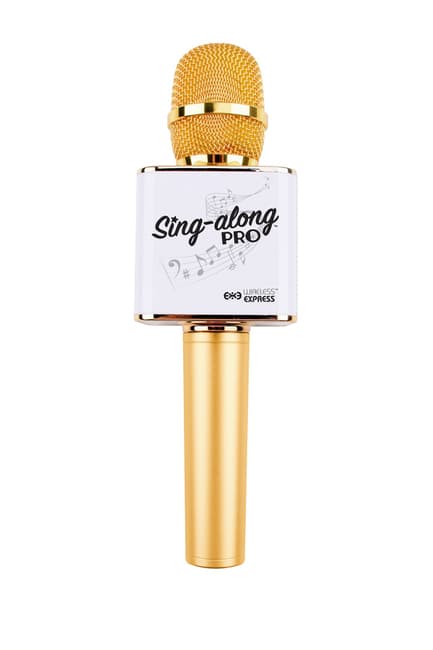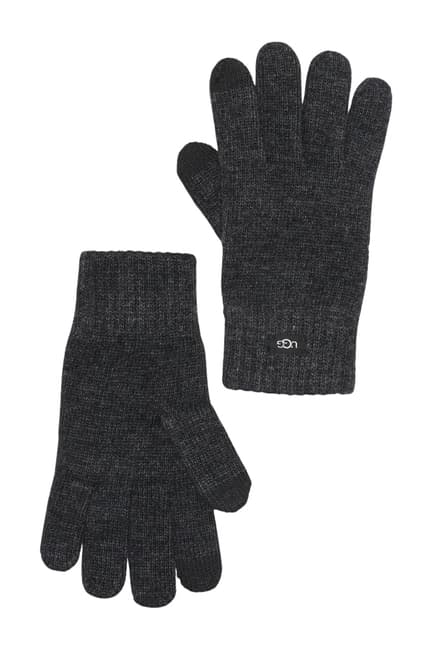Like many people during the pandemic-induced shelter-in-place orders, I turned to improving my living space with all of the free time I suddenly found myself with. While many looked to revamping their at-home workspaces or repainting their living room, I cleaned out my clutter-filled closet — and then turned it into a capsule wardrobe.
As a writer that’s been covering fashion trends for years, shopping is not only my favorite pastime but also basically part of my job. Over the years, though, I had managed to collect so much clothing that it was causing me to feel like I was drowning in my own closet. And so, confined to the walls of my apartment, I decided it was time to give my wardrobe a makeover.
While I’ve always tried to keep sustainability in mind when shopping, by buying from ethical brands and shopping secondhand, I was still guilty of making a few fast fashion purchases each season. I often made impulse buys on a whim, which led to a closet full of clothing and accessories I wore once or, worse, never at all. With the pandemic, this became only more apparent: As I wore my new uniform of hoodies and bike shorts during most hours of spring, summer, and fall, my impulse buys gathered more dust in the back of the closet.
Inspired by fashion writer and influencer Stephanie Broek, I decided to create a capsule closet, a tightly curated and streamlined wardrobe made up of quality staples and statement pieces — one that I sourced as sustainably as possible. (I also had a move on the horizon, and my new closet space would be a far cry from the walk-in closet my husband and I were sharing, which I had already taken up 95 percent of.) And so I made a pledge to myself to quit shopping for new pieces entirely, promising to only buy secondhand and vintage pieces going forward.
After a week spent downsizing, a few months of sourcing “new” secondhand pieces, and a new physical closet later, I’m working with a wardrobe that’s less than 50 percent of what it used to be, and 100 percent more wearable. Here’s how you can build a capsule wardrobe, too.
Assess what you already own
The first step in creating a curated closet is assessing the pieces you already own. The idea is to build a wardrobe filled with clothing you’ll wear again and again. With that in mind, take a look at the contents of your wardrobe and decide what doesn’t fit that description.
After taking out the pieces you hardly or no longer wear, decide: What can you resell (to make money to reinvest into your new wardrobe), and what can you donate? Bring your items to sell at stores like Buffalo Exchange (which also offers Sell-by-Mail program) or Crossroads Trading, or mail them to be sold virtually at places like thredUP. You can also sell the clothing yourself on platforms like Poshmark, eBay, and Depop.
Before you think of tossing something just because it has a bit of wear and tear, consider taking the time to mend it. “It’s really important to fix nicer, classic items before buying new — for example, resoling a black bootie or fixing straps on a designer handbag,” says Cassandra Dittmer, a sustainable stylist, consultant, and expert. “Shifting your mindset to a place of taking care of what you already own is a powerful way to evolve as a consumer.” Fun fact: One of my favorite shoes is a pair of sculptural Marni sandals (pictured here) that I’ve gotten cleaned and resoled after finding them secondhand.
For pieces that may seem too far gone to salvage or donate, do some research on where you can bring them to be recycled (do not just throw them away as they’ll end up in landfills). Living in NYC, I drop off my unwanted clothing at donation bins from HELPSY, a textile recycling service that sorts through your old goods and recycles anything unwearable into rags for industrial use. If you don’t have a similar donation bin near you, look at store programs (Reformation, H&M, and Levi’s are just some of the brands that will take clothing from any brand) that will recycle them for you. You can also pay to ship unwanted clothing and textiles to be recycled through programs like TerraCycle.
Once you’ve sorted through what you already have (and hopefully made a few bucks in the process), you’re ready to start rebuilding your wardrobe.
Fill the clothing gaps
Every capsule closet should have a variety of classic pieces that won’t ever go out of style. Think items that have remained staples for the last few decades: trench coats, crisp button-downs, cashmere sweaters, blue jeans, black boots, blazers, etc. “These are the items you can wear any given day from year to year that never look outdated,” says Liisa Jokinen, vintage expert and founder of vintage search engine Gem, a platform that indexes vintage and secondhand items from all over the world (more on it below). “You can never go wrong with these items, and they’re easy to mix with anything. They’ll also save your day when you feel like you have nothing to wear.”
After looking at what remained in your closet, fill in the missing gaps. The good news is that all of these timeless pieces are usually available in excess pre-loved at places ranging from affordable thrift stores to luxury consignment boutiques. Prioritize what you need first by seasons. Did you let go of a bunch of old fast fashion, not-so-warm winter coats ahead of the cold weather? Start by investing in one or two practical coats that work with everything, like a simple trench or understated peacoat.
Getting dressed should be fun, which is why your closet should also include statement pieces. In this case, opening yourself up to vintage can lead to many one-of-a-kind options. “Shopping vintage is one of the best ways to experiment with funky and unique silhouettes,” says Dittmer. “It’s a great way to explore different eras of fashion and boundaries within your own personal style.” But while you should have fun, do think about the wearability of the piece. “I would avoid anything that feels too costume-y, it’s easy to get carried away when you’re shopping secondhand. I try to remind myself, if this piece was new, would I still buy it, or am I only liking it because it’s vintage? I still make sure it’s something I would reach for without the vintage clout.”
Jokinen recommends opting for statement items like jewelry, blouses, and shoes, or other “small accents that don’t make your whole outfit scream for attention.” This way, you can pair them with the classics you already own. “Think of combining the above-mentioned white blouse with a pair of dangling statement earrings, or blue jeans with a pair of shoes in a bright color.” For Dittmer, it’s all about subtle statement details, “like a pearl button or unique scallops.”
Of course, this doesn’t always have to be the case. If you find the perfect vintage floor-length sequined dress — something you probably wouldn’t wear every day, but you know you’d wear time and time again over the years — by all means, go for it, so long as it’s not an impulse purchase. My rule of thumb is: If I see something amazing in a shop or online that I can’t stop thinking about for a week or two, it’s worth buying. “The important thing to consider when shopping for statement pieces is that they should be purchased just as thoughtfully as your classic pieces,” says Dittmer.
What to invest in
Owning a high-quality wardrobe doesn’t necessarily mean you need to spend a fortune. Thanks to shopping vintage and secondhand over the years, I have amassed a collection of built-to-last pieces I would have never been able to afford new.
That said, there are some things worth investing in — things you’ll be able to wear for literally decades to come, or easily resell when you’re done with them. “Anything from Chanel to Hermès, to Gucci — those are the pieces you can always resell. Not necessarily for profit, but you won’t lose out on all your money,” points out Jokinen.
A few months into quarantine, I fell in love with a vintage Gucci Boston bag that I found on The RealReal. Despite it being older with a bit of wear and tear, it was still in good condition. It was pricier than I wanted it to be, but I knew it would last me, as long as I took care of it, and be worth it in the end. Not only was it a classic style — a medium-sized barrel shape with two top handles — but modern iterations of this style still make their way down current Gucci runways. Even at a higher price than some of my other purchases this pandemic, I still ended up paying a quarter of what these bags go for today.
Labels aside, there are a couple of wardrobe staples that are worth spending your hard-earned cash on to ensure that they last season after season; according to Dittmer, “investing in quality shoes, denim, and basics is a good place to start.”
On the other hand, there are some items that aren’t worth shelling out for that you can easily score at a wallet-friendly price (and without running to your local Zara), such as trendier styles that probably won’t be as in-demand a year from now. “Most of the current trends are so easy to shop secondhand, as fashion is largely inspired by past decades,” says Jokinen. “Things go in circles. Plus, by shopping trends secondhand, you can create your own interpretation of them and stand out, which is the fun part!”
For example. one trend that’s been having a moment for a few seasons is the puff sleeve dress. Why spend on a pricy designer item — or a cheap fast fashion duplicate — when you can find plenty of show-stopping pieces straight from the ‘80s? Not only will they be one of a kind, but as Jokinen points out, the quality of pieces over 20 years old is much higher than of clothes produced today, so they’ll last you much longer. That said, do look at what the item is made from when deciding on a purchase. “I would avoid cheap and synthetic fabrications and focus on natural fibers,” says Dittmer.
Still, if you really want to buy something of-the-moment from a buzzy contemporary brand, it’s possible to do so secondhand. There are plenty of people selling their gently worn pieces on platforms like Vestiaire, Depop, and Series. That’s where I’ve managed to nab pristine Orseund Iris knits and a Stand Studio coat without having to drain my savings account. It just might take you longer to find the exact piece you want.
Where to shop secondhand
With our ability to shop in person limited due to the pandemic, there’s no longer the thrill of the physical hunt — digging through rack after rack in an overstuffed secondhand shop. However, we can thank the internet gods for giving us access to vintage and consignments from all over the globe and the ability to search exactly what we’re looking for. My new favorite way to shop is through Gem, a platform that aggregates a whopping 30 million products through major luxury designer consignment retailers, online marketplaces like Etsy and eBay, as well as thousands of independent vintage shops. Another great platform is Thrilling, an online marketplace that sells goods from over 130 small vintage stores across the U.S. Compiling an assortment of designer and no-name vintage, it offers a wide range of price points and highlights Black-owned vintage businesses.
For specific designer labels, whether a vintage handbag or something from a contemporary brand, I love shopping on The RealReal, Vestiaire, Heroine. Platforms like Depop, ThredUp, and Poshmark are also great for more affordable brands.
There are also plenty of independent vintage e-commerce stores to choose from. Personally, I love The NXCVintage Shop for in-your-face colors and prints, Mirth Vintage for neutral wardrobe staples, Berriez for a size-inclusive assortment of colorful statement pieces, The Break for an incredible curation of quality shoes and bags, and Singulier MTL for chic ‘60s and ‘70s retro wares.
Months after beginning this journey, my closet is much more cohesive, and it takes me significantly less time to get dressed. Despite reducing what I owned by 50 percent, I feel like I now have more options because I have pieces that are more wearable and can be mixed and matched together in a number of ways.
I constantly reach for my classics: the vintage men’s blazers I’ve had for years, my newly downsized collection of denim, basic turtlenecks and tees for layering, Dr. Martens boots, and a vintage burgundy Helmut Lang trench coat my husband scored for me a while back. While filling the gaps, I’ve added a tan leather trench, a handful of plain men’s button-downs, and a vintage leather blazer à la Nanushka into the mix. Next on my list are a simple leather skirt and a pair of high-rise trousers.
In terms of statement pieces, I still cherish my collections of vintage long-sleeve maxi dresses and colorful mini bags, as well as a pair of vintage platform Prada boots and the aforementioned Marni sandals. However, some of my favorite statement items I own were pandemic purchases: the floor-length logo-covered Fendi winter coat of my dreams, a leather Zayna Bayne harness bra, a satin bustier, and a chunky chain link necklace — all secondhand purchases.
While I’ve taken the pledge to quit shopping new for the time being, does that mean I’ll never buy another new thing, ever again? Likely not, but, the next time I do choose to, I’ll be much more mindful about what I’m purchasing and who I’m supporting. From brands upcycling deadstock fabrics to ones that have adopted a circular fashion model, there are plenty of small, independent brands, who are trying to combat fashion waste, to turn to should I fail to find something secondhand. “We have so much access to wonderful clothing that I now prioritize brands that are transparent and ethical and that deserve my investment,” confirms Dittmer.
Ultimately, when building a sustainable capsule closet, it’s about starting with what you have in your current closet and changing your consumption habits to be more mindful in the future. Think through each purchase, whether it’s secondhand or from a sustainable label, and make sure it’s something that you’ll wear after the current season comes to an end. Most importantly, take care of the clothes you wear so that you can keep wearing them — and so that someday, someone else can, too.
Like what you see? How about some more R29 goodness, right here?
Resale Is Thriving In The Pandemic
The Best Holiday Gifts Come From Small Businesses
What It Takes For Fashion Brands To Be Sustainable







